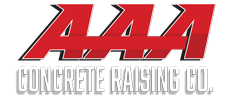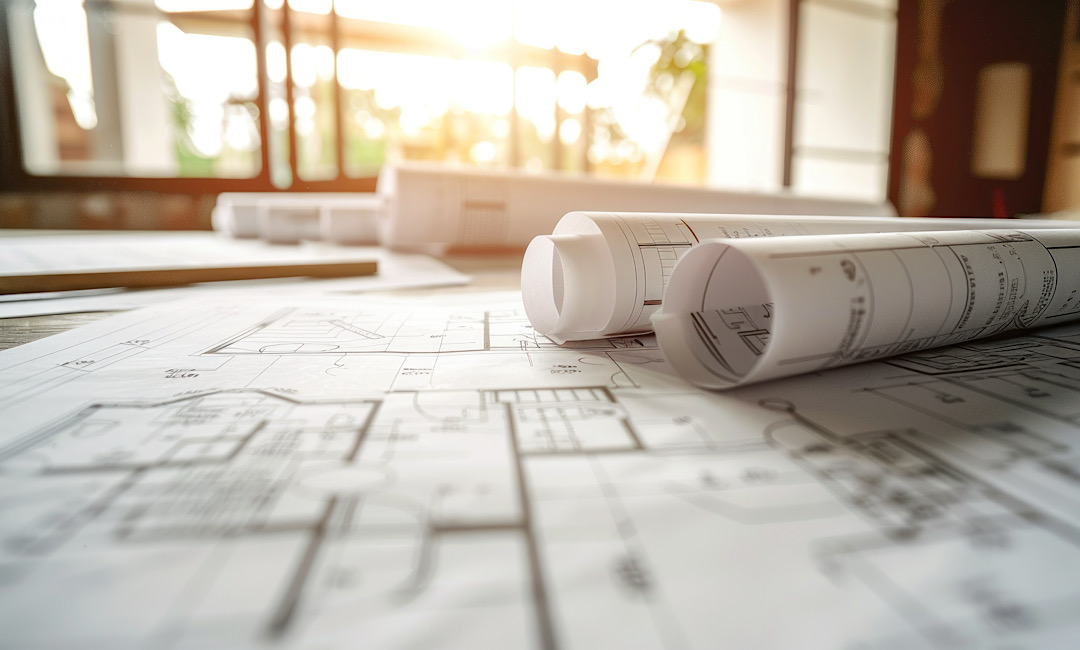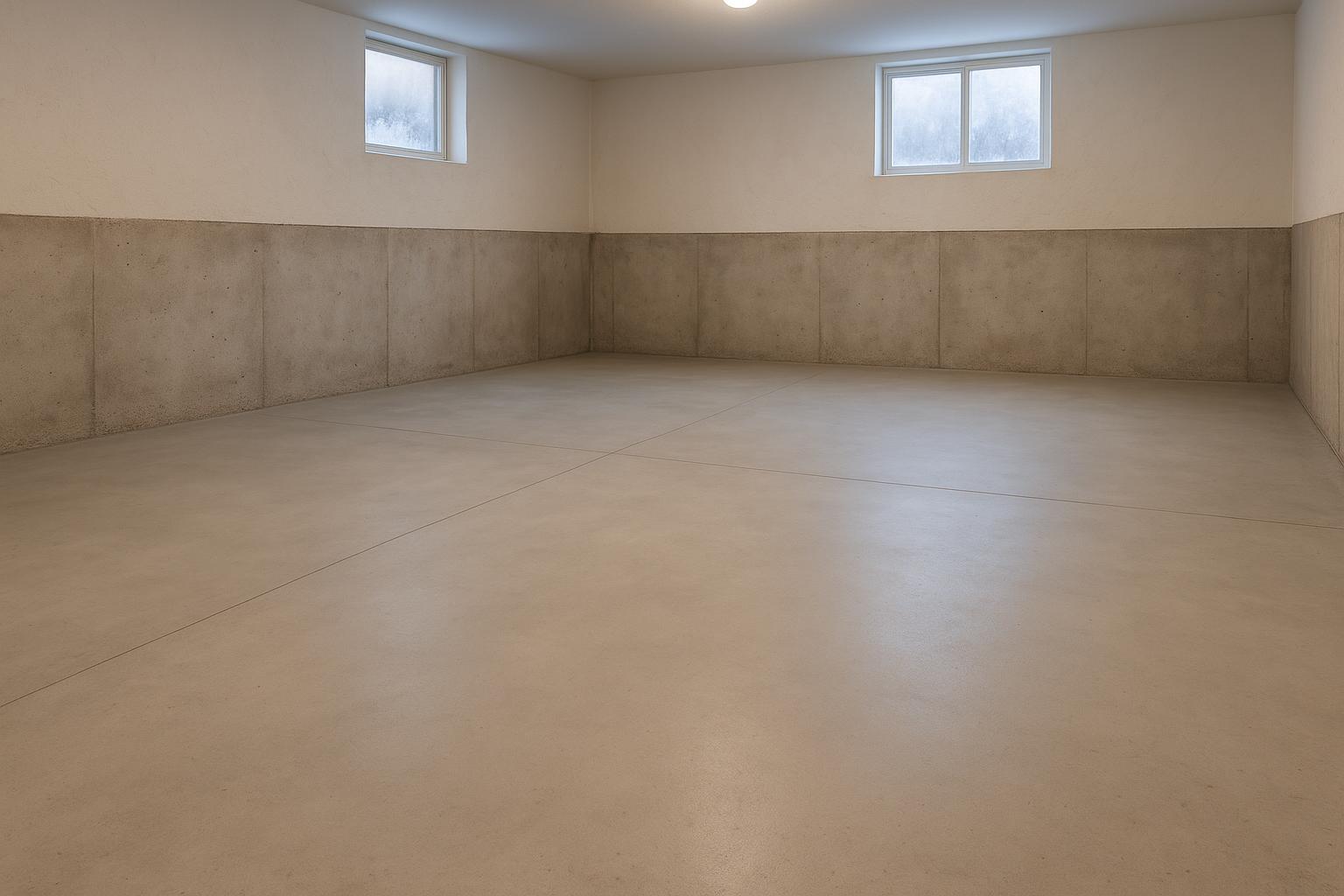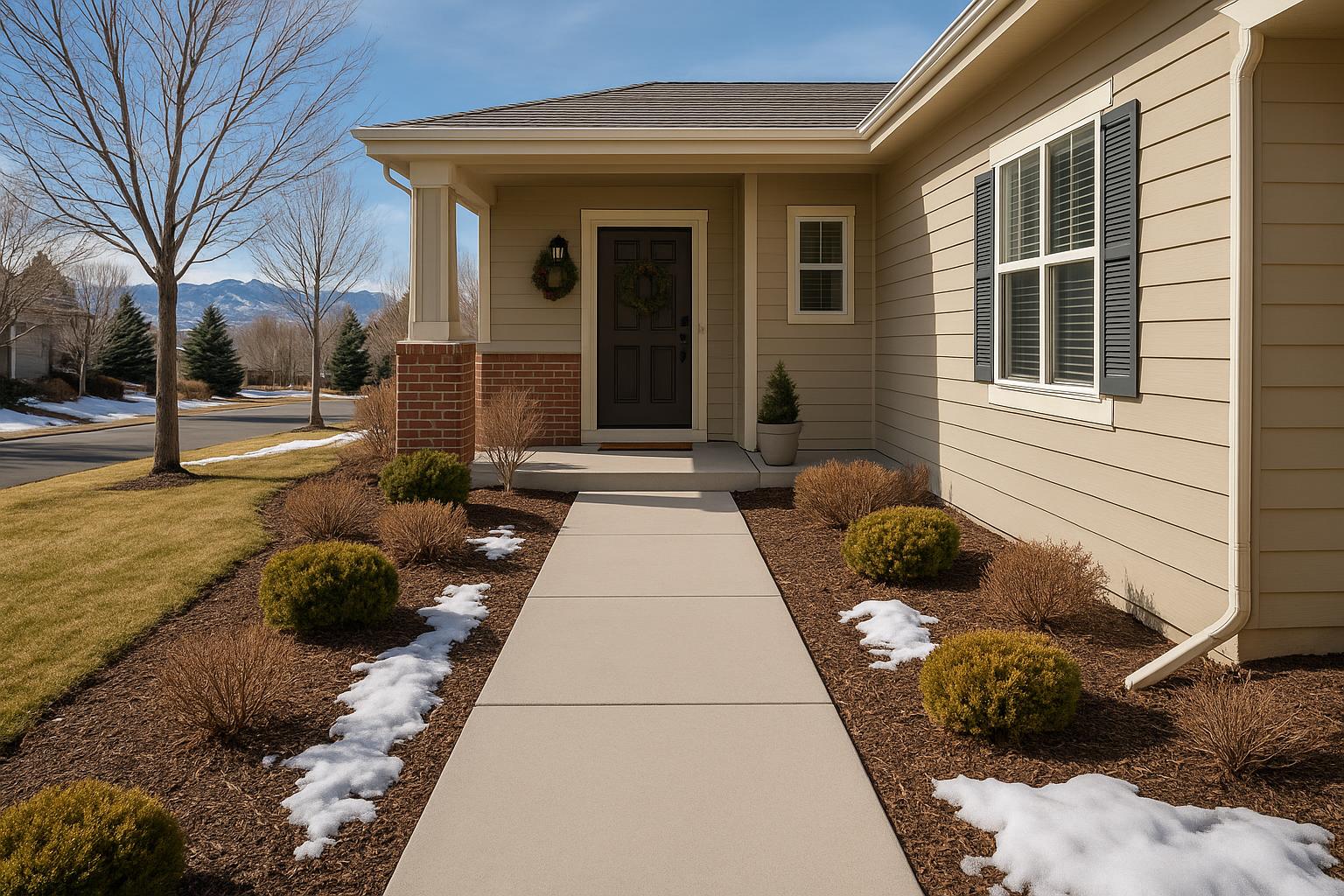Understanding the Importance of Early Detection
Early detection of concrete damage is crucial for maintaining the structural integrity and aesthetic appeal of concrete installations. Spotting signs of damage early can significantly reduce repair costs and extend the lifespan of your concrete by addressing problems before they escalate. For homeowners and property managers, this awareness can save both time and money, particularly in regions like Denver where environmental conditions can accelerate concrete deterioration.
Visual Inspection: Cracks and Discoloration
The most obvious signs of concrete damage are cracks and discoloration. Regular visual inspections can help you catch these issues early:
Hairline cracks: While small cracks might seem minor, they can widen and deepen over time, allowing water to seep in and cause further damage, especially during freeze-thaw cycles.
Discoloration: Changes in the color of your concrete can be indicators of moisture issues or chemical reactions within the material. Yellowing, dark streaks, or white powdery deposits (efflorescence) are signs that your concrete needs attention.
Check for Uneven or Sunken Sections
Settling or sinking of concrete, often referred to as slab settlement, can occur due to improper soil compaction or erosion beneath the concrete. This is particularly common in driveways, sidewalks, and patios:
Uneven surfaces: Use a level to check for changes in the flatness of your concrete surfaces. An uneven surface can be a trip hazard and may indicate underlying issues.
Pooling water: After rainfall, observe where water accumulates on your concrete. Pooling water in certain areas can suggest unevenness and potential for water damage.
Listen for Changes in Sound
A lesser-known method for detecting concrete damage is paying attention to the sound it makes:
Hollow sounds: Tap on different areas of the concrete with a tool. Hollow sounds can indicate voids or hollow spots underneath the surface, which are serious concerns that require immediate attention.
Feel for Texture Changes
Changes in the texture of the concrete surface can also be indicative of damage:
Flaking or spalling: Check for areas where the concrete appears to be flaking off or where the surface layer has chipped away. Known as spalling, this can be caused by freeze-thaw cycles or deicing salts.
Roughness: Areas that feel rougher than others can be early signs of the concrete wearing away, which is often caused by weathering or mechanical wear.
Use of Tools and Technology
For more thorough inspections, consider the following tools and technologies:
Moisture meters: These can be used to detect excess moisture within the concrete, which is a precursor to many forms of damage.
Crack measuring devices: Devices like calipers or specialized rulers can help monitor the width and growth of cracks over time.
Regular Maintenance Checks
Implement a schedule for regular maintenance checks, particularly during seasonal changes when concrete is most susceptible to damage due to temperature fluctuations. Documenting the condition of your concrete periodically can help you track changes over time and identify patterns of deterioration.
By proactively monitoring your concrete for these early signs of damage, you can undertake timely interventions that prevent minor issues from becoming major expenses. This proactive approach not only ensures safety and functionality but also maintains the aesthetic quality of your concrete structures.





